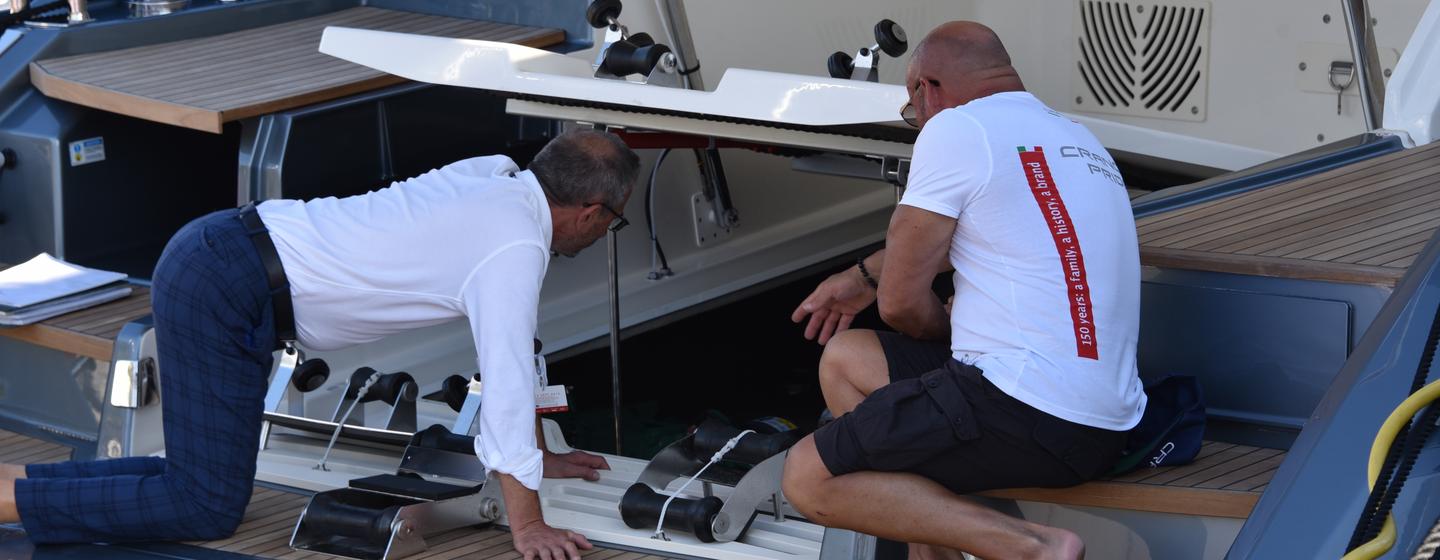If this is your first time buying a yacht, it’s perfectly normal to feel some trepidation at the prospect of taking ownership. Here at YachtBuyer, we explain the handover process so you know exactly what to expect when the all-important day arrives.
So, the day has come to take delivery of your new yacht, and as part of the process, your dealer or yacht builder will carry out a comprehensive handover to ensure you're happy with all aspects of your new pride and joy.
Yachts are extremely sophisticated, mixing performance, luxury, and live-aboard systems, so there is plenty that needs to be understood. The handover process is as much about the owner as it is about the yacht, so take your time and make sure the day is tailored to your requirements and level of experience.
In this article:
It’s important to remember that a comprehensive handover only usually happens when you buy a new boat and it’s usually included in the price. If you're buying a second-hand yacht, you should still be given some form of handover but it might not be as involved.
For those new to yachting, the handover is highly important, so always ask what is offered and make it part of the purchase agreement. Additionally, for those who have never been in charge of a yacht before, the handover can include professional tuition.
To get to the handover stage, you’ll have paid the outstanding invoice for the remaining balance of the yacht, in addition to having the bill of sale which legally passes ownership of the yacht from the dealer to you.
With that in mind, it’s best to have insurance in place for the vessel from that date onwards. The boat, in all likelihood, will still be covered under the dealer’s insurance until it is handed over and you take possession, but for additional peace of mind, it's worth knowing your yacht is fully insured, whatever the outcome.
Prepare Questions in Advance
Before handover day arrives, it's worth creating a list of questions that you want to ask. The more questions you ask and get the answers to, the more you’ll get out of your day.

Questions to consider:
- When are the scheduled engine services?
- What is the best way to drop anchor?
- How do I maneuver in harbors?
- What are the symptoms of fuel issues?
- How can I rectify certain onboard issues effectively and efficiently?
Family and Friends
It is also worth bringing along friends and family that you're planning on yachting with regularly and encouraging them to ask about anything they are unsure of. There will be a lot of information to take in, and there’s no harm in everyone knowing.
The Handover
Every company will have its own way of performing a handover. Usually, they will have a set procedure that they have honed over the years to make sure you get the most from your day — and from your yacht. If you’re unsure about what will happen, ask your dealer beforehand.
Your handover will be broken down into several parts, including the final paperwork, going through the yacht and its systems, the engine room, and even on-the-water yacht handling which may include close-quarter maneuvering. The duration of the handover depends on the size of the yacht, and they can sometimes last for more than one day.
Important Documents and Paperwork
Usually, the handover day will start in the office finishing off the final paperwork, including paying any outstanding amounts for work carried out on non-factory fit items.

Important documents you will be given:
- The Bill of Sale
- The sales receipt showing the VAT
- Documents showing the change of ownership from the factory to the agent and from the agent to you
- The CE certificate
Copies of these will usually be taken and kept on file, but look after these documents because you’ll need them if you decide to sell the yacht or during a customs inspection. Make copies of these documents and keep them onboard.
The Induction
With the bills paid, there may be time for a celebratory glass of champagne before going down to the boat, but once onboard it will be time to learn. The thoroughness of the handover will depend on the dealer you’re buying from.
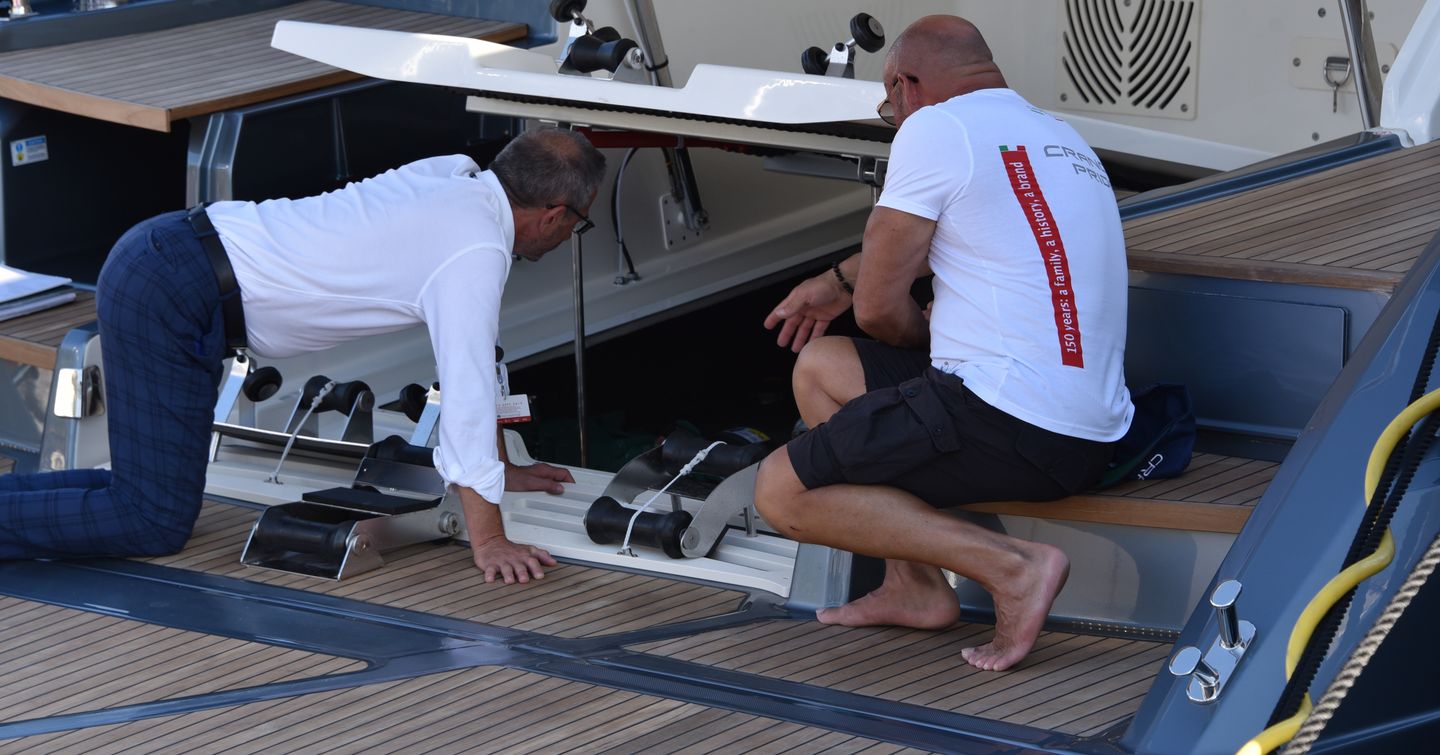
“We’ll go through every single system onboard and explain how everything works, from how to use the instruments to flushing the electric toilet; we cover it all,” says Ben Toogood of Berthon International. "We want every new owner to feel comfortable with their boat. If they are not comfortable, we’ll stay with them until they are."
Clipper Marine will also go through the yacht with you and make sure everything onboard works. While you’re going over the vessel, it’s worth noting any faults or snags that will need rectifying.
Pre-delivery inspections carried out before you see your yacht:
- Inspection before leaving the factory
- Inspection when arriving at the dealer
- Inspection once any dealer-fit work has been completed
- A final inspection before you arrive for the handover
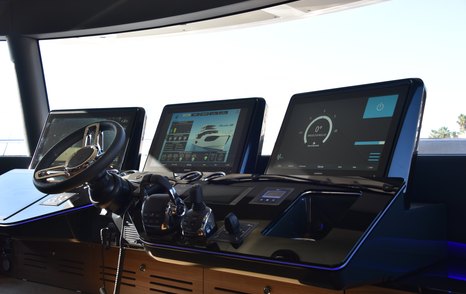
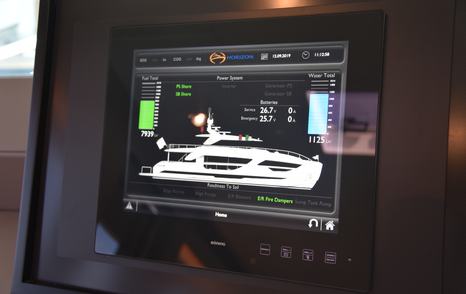
Through the handover, there will be a lot of information to take in, and while a lot of it will be covered in the owner’s manual, there’s nothing quite like gaining hands-on experience. Given the amount you’ll be shown, you are advised to use your phone to take photos or videos so you have something to refer back to. When taking notes, be sure to include the page number of the owner’s manual so you can refer to that later.
Engine Service and Checklist
Some dealers use their in-house mechanics to go through the engine with you, while others use main dealers. Engine manufacturers like Volvo Penta subsidize the main dealers who do this, providing them with an exhaustive checklist to ensure nothing is forgotten.
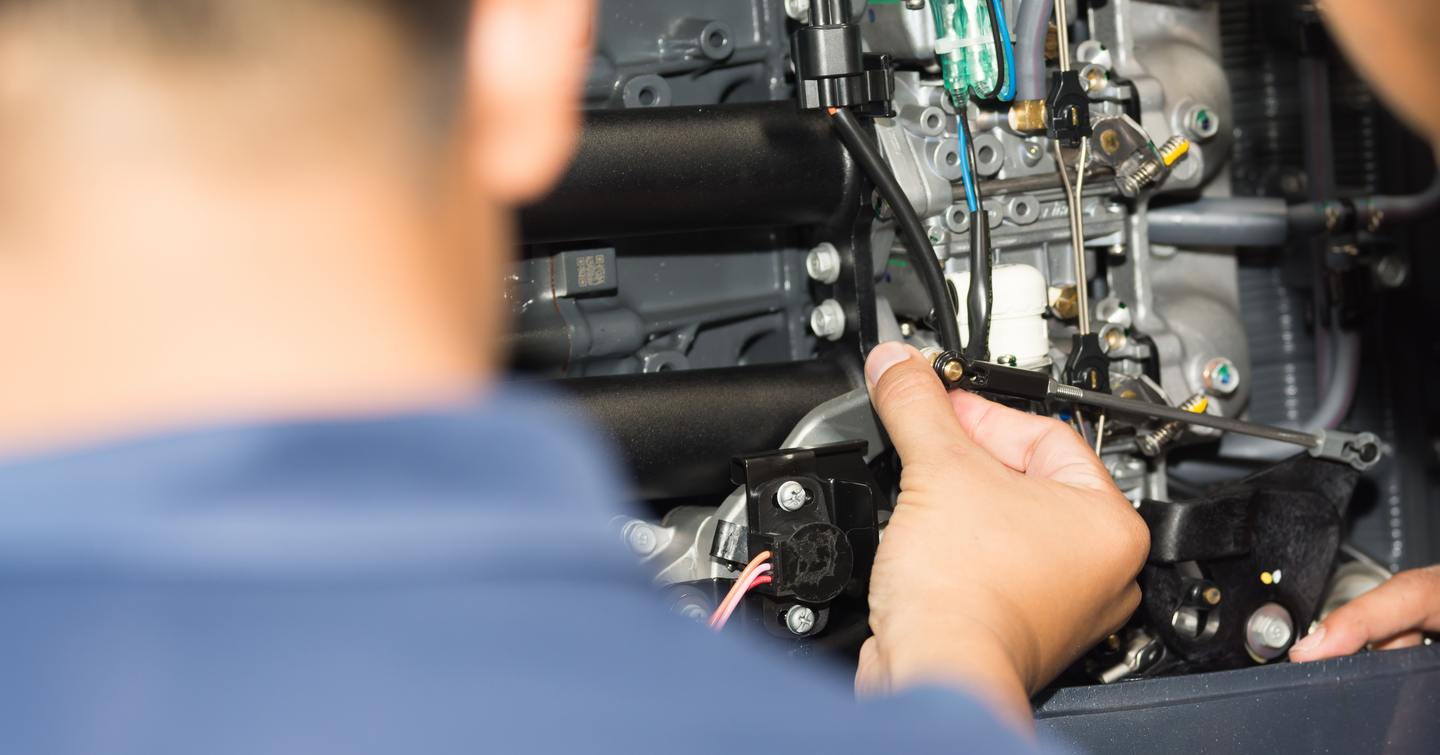
What you will be shown during the engine service:
- Every service point
- The primary and secondary fuel filters
- The oil filters
- All the impellers and belts
- Items that will require servicing and the service interval of parts
“We’ll also go through the most common faults an owner may encounter, and how to avoid or rectify them,” explains Wayne Taylor of SAL Marine.
As well as going over the engines, Wayne will also show new owners the dashboard layout and best practices for using the engines. Many engine manufacturers also offer an emergency spares kit for their engines.
First Sea Trial
By now you should know where everything is on the yacht and how the engine works to a degree. It’s now time to head out on the water for the preliminary sea trials. During the sea trial, you should learn how to control the engines, how to set the trim of the yacht up for the given conditions, and what hull angle works best.

Most companies can call on instructors if you need a brief refresher, but they aren’t, however, there to get you through any relevant qualifications. That should have been done ahead of time.
If, after your handover, you still feel like you need more hands-on experience with your yacht, either the instructor or an associate will be able to offer further one-to-one tuition, including being on hand to help you with your delivery trip or the first few days out at sea.
When you and your friends and family are happy with handling at sea, the handover will move back to the marina for the close-quarters maneuvering techniques, or ‘pontoon bashing’ as it’s affectionately known.

You’ll be given hints and tips on how to best moor (or park) your boat, when and how to utilize your bow thruster and/or stern thruster, and how to use any mooring aids your yacht might be equipped with such as IPS joystick control.
The whole process will last as long as it needs to, and afterward, you’ll be able to start loading and provisioning your boat, or maybe dinner and a drink instead. Loading up can wait until tomorrow, so just relax and start thinking about all the fun ahead.
Like a performance car, you need to know how to get the best from the hull, and for that reason our instructor will gradually show the owners what the yacht is capable of, ensuring they and their crew or passengers are comfortable with the boat."
Berthon International
Summary
Do
- Prepare questions before the handover
- Take photos and video and make notes during the induction
- Bring those who you’ll be boating with
- Get any qualifications beforehand
Don't
- Be late, you’ll get less time onboard
- Take all your kit onboard before the handover
- Get distracted by other things during the handover, you only have a limited time
- Be afraid to ask questions
